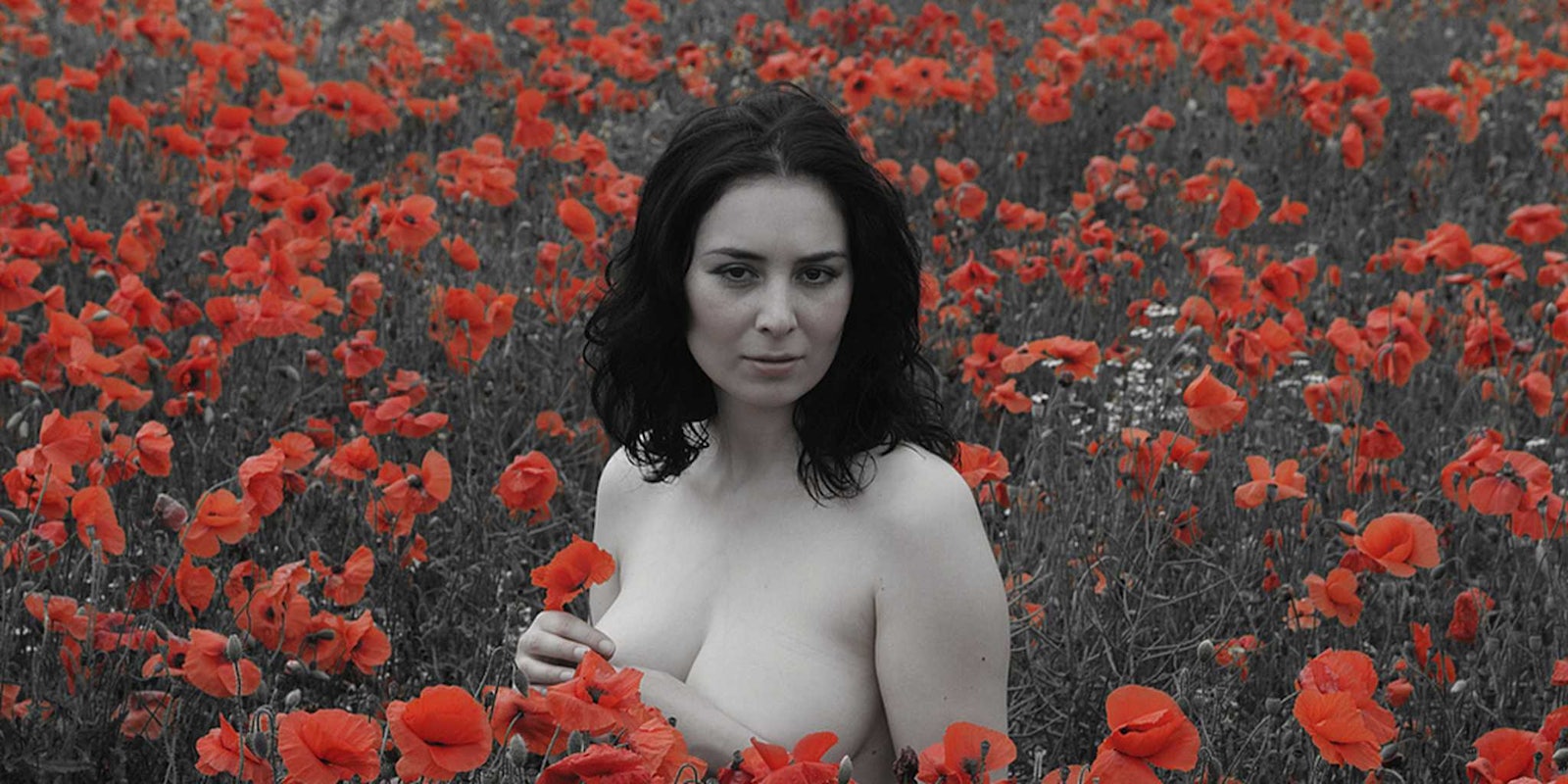Instagram is continuing to wage war on the naked body, with more and more celebrities joining the fight—including Miley Cyrus, Chelsea Handler, and Scout Willis. This week, it’s Sports Illustrated model Chrissy Teigen speaking out in defense of nude selfies, after Instagram deleted a photograph in which her nipples were visible. As the fight over nudity on Instagram drags out, it’s time to reevaluate the platform and its purpose.
For an app that facilitates the sharing of images, including users’ creative work, Instagram sure does hate art—or at least, it thinks that it can define what is and isn’t art through its moderation guidelines.
The boundary between art, casual photos, and porn can sometimes feel difficult to determine, and sometimes images span multiple or all three of these categories. Found object art can turn the vacation photos that litter Instagram into artistic expression, while some porn is explicitly shot with aesthetics in mind, creating works of art that are both beautiful and sensual.
Instagram user Hazel (@ropehaze), for example, produces images that are visually stunning, but also reflective of her role in the BDSM community. Art? Porn? Commemorations of BDSM events? All of the above?
Similarly, photographer David Alan Harvey skirts the guidelines with this image suggestive of nudity, although the framing makes it difficult to ascertain precisely what the subjects are(n’t?) wearing.
https://www.instagram.com/p/zG0n33g1RU/
When it comes to the selective enforcement of Instagram’s ban on nude and suggestive images, a number of issues become readily apparent. Despite the site’s claim that even artistic nudes aren’t allowed, it often gives certain photos a pass, even though they’re on high-profile accounts that administrators are no doubt aware of and have sometimes even featured. It’s clear that administrators consider such pictures to be art photography, and they have little interest in taking them down.
The site also tends to view nudes or partial nudes more favorably when they involve conventionally attractive female subjects. Fat women like Samm Newman, for example, report that their accounts have been deleted after uploading photos in their underwear—which don’t violate the guidelines—suggesting a fatphobic streak among moderators. Transgender users are also more prone to photo deletion and account suspension.
Similarly, there’s a gendered divide in moderation of nude photos, with the dreaded female nipple being the frequent subject of aggressive attacks, while men tend to be given more leeway when it comes to exposing their bodies, as Eggplant Fridays testify. Sexually suggestive images of male bodies are less subject to swift and merciless deletion than those of women.
On the other hand, defiant nudes, whether from celebrities or others, tend to be taken down. When nudity is used as a tool of reclamation or declaration—in other words, a tool of expression, as supported in the site guidelines—it triggers Instagram’s wrath, as in the case of Miley Cyrus and Rihanna.
The divides in terms of what Instagram finds acceptable for user expression are troubling, as the site can’t seem to make up its mind when it comes to evaluating images and accounts.
It’s a private service and photographers have access to other venues for distributing their work. If artistic nudes aren’t allowed, as stated under the policy, then they should be removed, allowing photographers to take their work elsewhere, to a platform that doesn’t threaten them with the risk of losing their content. If they are permitted, the policy needs to be revised to reflect this.
As the operator of a service in an era concerned with issues like revenge porn and nude photographs of underage people, along with the accompanying liability, Instagram is within its rights to set out a user policy regarding nudes and near-nudes. The issue is the inconsistent application of that policy, which constantly leaves users guessing when it comes to uploading photographs as they attempt to gauge whether those images are likely to face deletion.
Curiously, nudity in photographs of paintings, statues, and other works of art is acceptable. The fact that this is specifically discussed in the user policy is a subtle acknowledgement of the fact that the naked body has been a part of art and culture for thousands of years. Sadly, a service allegedly dedicated to artistic expression doesn’t support the same free expression for its members.
S.E. Smith is a writer, editor, and agitator with regular appearances in the Guardian, AlterNet, and Salon, along with several anthologies. Smith also serves as the Social Justice Editor for xoJane and will be co-chairing Wiscon 40—the preeminent feminist science-fiction conference—in 2016.
Photo via SeanJCPhoto/Flickr (CC BY 2.0)


